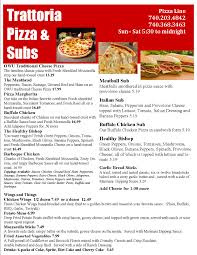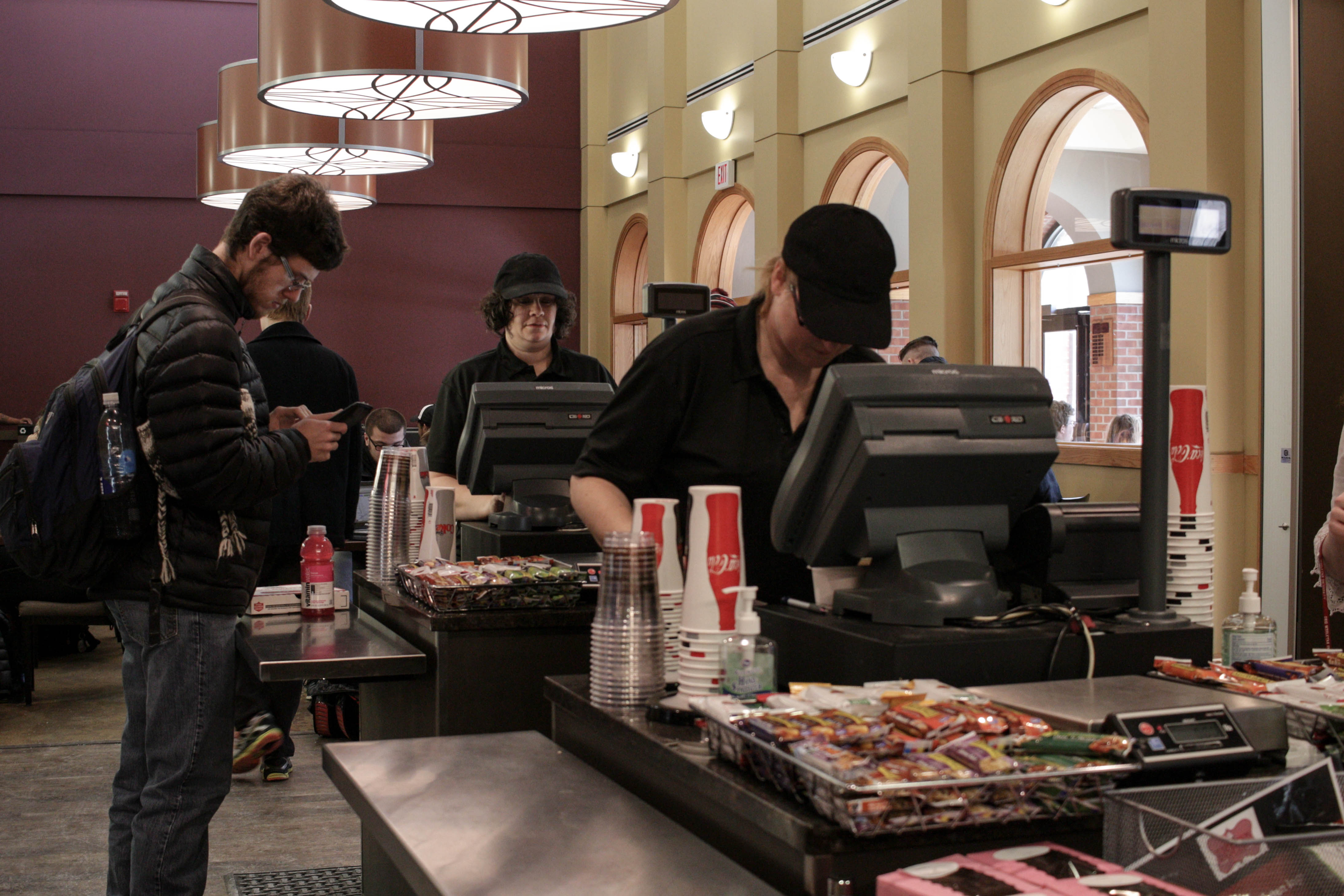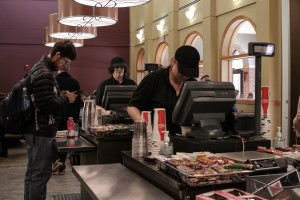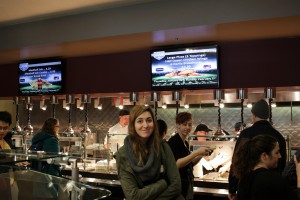By Kienan O’Doherty, A&E Editor
With Ohio Wesleyan growing bigger by the day, meeting student needs becomes more of a challenge.
Chartwells, which has been Ohio Wesleyan’s main food vendor since 2011, has been getting negative reviews from students and faculty alike, and soon may be out of another client, although nothing is certain yet.
The decision to put OWU’s dining program out for proposals has been in the works for a while and there are a lot of factors behind this decision, said Lauri Strimkovsky, vice president for finance and administration and treasurer.
“We made the decision to put our dining program out for proposals based on negative student feedback about the dining program, as well as the results of a study conducted by campus dining,” Strimkovsky said.
Senior Paul Heithaus, who has witnessed Chartwells change throughout his years at OWU, has seen little improvement, but said that food solutions are different for this generation of incoming students.
“I’ve seen a slow level of improvement in Chartwells during my time here,” Heithaus said. “With that said, I believe it’s time for Ohio Wesleyan to go in a different direction. The profile of the incoming student at OWU is evolving and the food solutions should naturally do the same.”
Junior Austin Strauss said he believes the diversity of food isn’t as big of a factor as it should be.
“To be honest, in the beginning it really wasn’t too great, then they made a few changes and it got a tiny bit better,” Strauss said. “Hamilton-Williams Marketplace (Ham-Will) has always had good food just not much diversity,and they seem to serve almost always the same thing. This year, for the omelettes, they don’t cook them in front of you either, which leads to the decline of student interaction with employees. Smith Hall for me just never seems to have high quality food, but the best part is when they cook food in front of you.
But he added that he thought there were some positives.
“The one thing I will say is Bishop Cafe has some of the best food on campus, with a decent selection, and daily changes in the special of the day,” Strauss said. “But overall, the food here has been very generic, and the food selection is pretty repetitive.”
Multiple administrators from OWU recently visited schools with top 10 dining programs to determine their decisions. Dwayne Todd, vice president for student engagement and success, saw many changes while visiting, particularly at schools he saw were similar to OWU.
“At two of the campuses, which are much like OWU, we observed that their main focus was on quality over quantity in terms of the menu offerings and amount of food on the line,” Todd said. “Dishes are chef-inspired and innovative. They are purchasing much of their ingredients from local suppliers and build the menu around what items are available at the time. A third campus we visited is a large state institution that is consistently ranked as the top program in the country, and while they also emphasize quality, they also pride themselves on variety and convenience.”
Strimkovsky also visited the top 10 schools with Todd and saw more students involved in the dining service as well.
“We saw more made from scratch cooking, more use of locally sourced foods, higher quality of food offered, more students employed by the operation, meal plans that better met the student needs and hours of operation that better met the student needs,” Strimkovsky said.
Chartwells is still allowed to bid during the process, and Steve Ishmael, senior director of dining for Chartwells, said he fully believes in the relationship between the program and school.
“Chartwells is proud of our relationship with Ohio Wesleyan University and very much looks forward to being part of the bid process,” Ishamel said. “The University is making a smart business decision in ensuring they have the right partner for the future of dining at OWU. We welcome the opportunity to tell our story and working to continue our partnership.”
Ishmael said he also believes that the some of the changes made this year have been a success.
“It is a continual process,” Ishmael said. “You can look around all of the facilities to see some of the physical changes we have made this year from painting, pictures and menu boards in Bishop Café, to the upgrades in Smith, plus the big efforts on social media to continue to keep students informed about what is happening in dining services.”
Chartwells has increased their salary every year since 2011, going from $4,956,674 that year to$6,163,317 in 2015.
“If Chartwells isn’t chosen in the bidding process, the school could lose money,” President Rock Jones said.
An in-house dining service could be a possibility to look into, but Strimkovsky said she believes it would be better long-term.
“An in house dining program could be a possibility in the future, but not in the short term,” Strimkovsky said. “Running a food service operation of this size is complicated and would need extensive strategic planning to bring on line. Our plan is put out the Request for Proposals, select a food service provider that is able to provide the quality food service program we want to offer to students. We will then assess, down the road a year or so, whether we want to consider a self operating dining service.”







